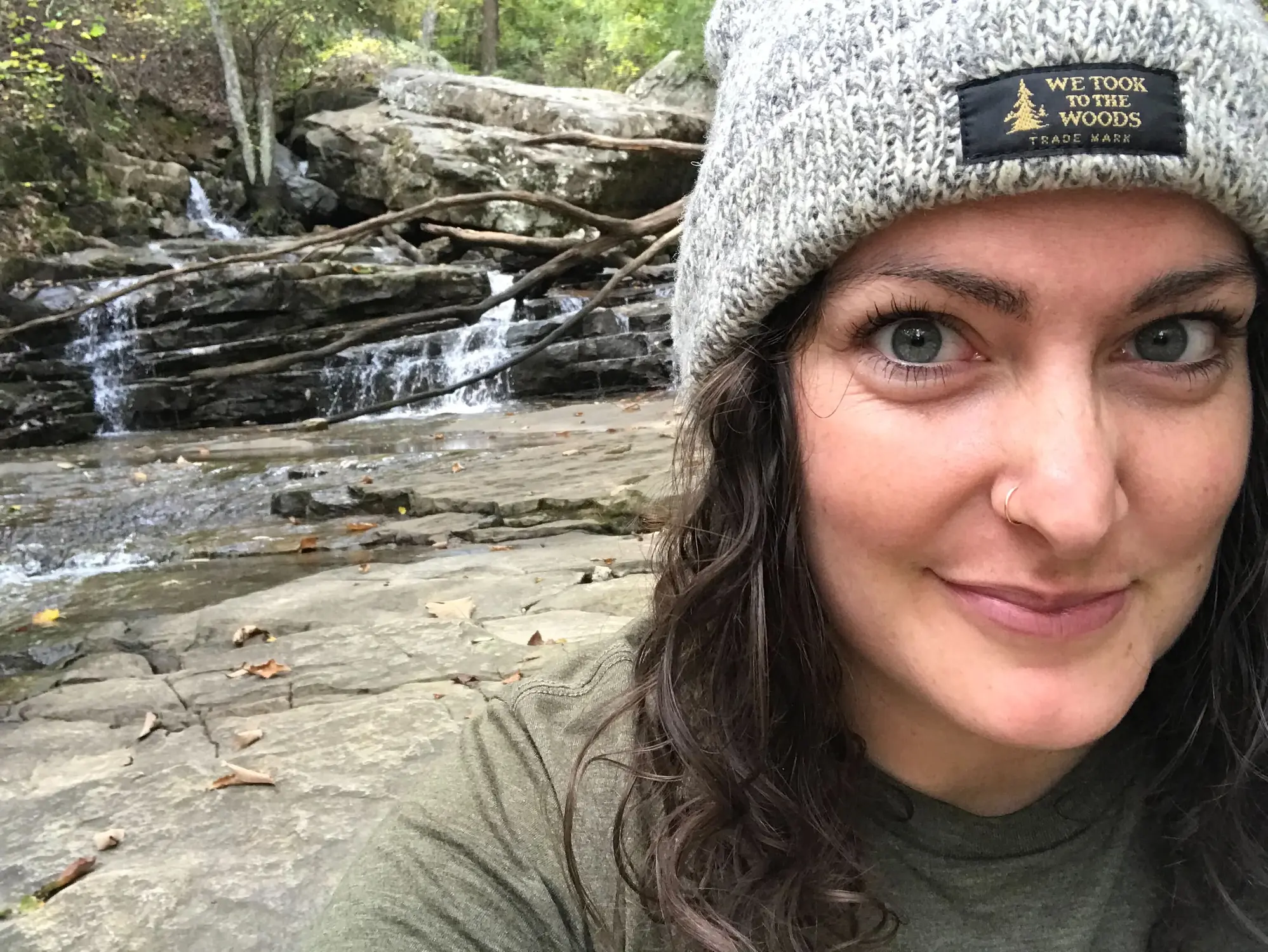HLTH is relatively new to the healthcare scene, but it has quickly become known as one of the top events for leaders in the industry to gather with peers, learn from each other, and debate some of the most pressing challenges facing healthcare today. The 2023 event took place at the Las Vegas Convention Center with over 10,000 attendees, 350 speakers, and 900 sponsors. There was a lot to take in, but the team at BPD divided and conquered to experience as much of the conference as possible. There was a vast range of topics, but these four takeaways seemed to be the central theme of the event.
1. Mental Health Takes Center Stage
Mental health has been on the outskirts of the healthcare conversation for many years, but we are finally seeing it take center stage in healthcare conversations — starting with the number of discussions surrounding the topic at the conference. The statistics discussed at HLTH further prove the case for the importance of the focus: 22 percent of people have a diagnosed behavioral health condition, but only 50 percent of adults with a behavioral health diagnosis are in active treatment. On top of that, the average time from symptom onset to treatment is 11 years.
How can we begin to address this growing crisis? In the session “Which Digital Mental Health Front Door Will You Choose?,” Brad Kittredge from national telepsychiatry provider Brightside Health and Doug Nemecek, MD, MBA, from Evernorth Health discussed that it begins with access. Of course, there are far too few behavioral health specialists in the field today, so access is no small feat.
While the emergency room is often the first outreach patients will get for a mental health crisis, by increasing access early on in the patient journey, we can prevent emergency hospitalizations. There are multiple entry points for patients to get the care they need before it’s too late — and most of them are digital. Think: telehealth, mental health resources and content.
Kittredge and Nemecek asked — where can providers start to identify people with mental health needs sooner? Data. For example, the analytics found from medical claims can identify high-risk patients before they ever enter the system for a mental health need. Start there, and offer mental health resources early and often.
If you’re a healthcare marketer and you’re wondering what you can do to positively impact the mental health crisis, check out one of our latest blogs: “The Mental Health Crisis: What’s a Marketer to Do?” to get some ideas going.
2. The Value-Based Care Saga Continues
There was an ongoing joke among HLTH attendees that value-based care has been “right around the corner” for about 10 years now. According to a HLTH session called “Is the VBC Experiment Working?” a 2022 survey showed that less than half of primary care physicians had received any value-based payments. That’s staggering… but not terribly surprising.
So, is anyone successfully accelerating the slow-moving adoption of this model? In a session called “Value-Based Care in a Multi-Payer World,” leaders from Biogen, Geisinger, DaVita, Maven Clinic, and Oak HC/FT discussed the hurdles the industry faces as it tries to adopt this model.
According to Cheryl Pegus, MD, MPH, from Morgan Health Ventures, the current system is not working for doctors. And as we shift toward VBC, we didn’t train doctors well to integrate toward value. “We have to change medical education so that [doctors] are coming out of school ready to manage this — and feel capable doing it,” she said. If doctors are aware of what’s be incented, they flip their practices to achieve it.
Secretary Alex Azar, Former HHS Secretary, confirmed what the industry has felt for years: VBC is hard work. “But if you deliver those outcomes — lower hospitalizations, better starts into dialysis, better utilization of home dialysis, if you deliver those kinds of results — the policymakers have to at the end of the day be good business partners with you on that.”
If there’s one thing that’s for sure: it’s that we’re still learning how to a VBC world. When we do get there as an industry, the flip will dramatically impact healthcare marketers, too. We’ll need to change the data we use for service line marketing, focusing less on volume and more on value and outcomes. We’ll need to lean into population health, considering the diverse needs of various communities. And perhaps we’ll finally be able to connect patient education, resources, and tools to business objectives and patient outcomes.
That’s the dream, anyway.
3. AI: Going Beyond Buzzwords
It’s no secret that healthcare leaders are hearing about AI constantly. From clinical interactions to staff management to preventive care, the possibilities for AI in healthcare seem endless at this point.
In a session called “Deploying Clinical AI at Scale,” Houston Methodist discussed how they are using generative AI to combine clinical notes with structured data to enhance documentation and provide clinicians with updated and actionable risk profiles. In another session, panelists shared how AI is being used to reshape payor operations and reimbursement.
Alongside these success stories, there are those ensuring that we are bringing the AI hype to healthcare responsibly. In a session titled “The AI Hype Cycle Coaster,” a great debate broke out: how can you tell which AI solutions are real, and which are just shiny demos? Neal Khosla, CEO and co-founder of Curai Health encouraged the audience to ask and ask again, “How does your AI solution work? Is it simply calling from the ChatGPT API? Is it just a shiny demo built for a single use solution?”
Another hot topic in AI was patient data — while AI solutions require massive amounts of data, health tech organizations no longer require patient data for medical AI solutions. That’s enabling the field to progress in a more responsible way, which Google and Axios discussed on the main stage when contemplating the balance of the speed of innovation and responsibility.
At this point, every healthcare organization is either building AI solutions or partnering with them. It’s still an experimental era, and most organizations will need a combination of partners, tools, and in-house builds.
4. The Funnel Wars Rage On
In Joe Public 2030, BPD predicted that there will be a race to the top of the acuity funnel as new entrants come onto the scene of healthcare — think Amazon, Walmart, Apple, CVS Health, Walgreens, and beyond.
And in the last few years, we’ve seen every company out there announce a connection to healthcare in some way. And nowhere is that more obvious than at HLTH, where a walk through the exhibit floor takes you past Best Buy, Google, Amazon, Verizon, Phillips, and dozens of other consumer brands.
Why? Because they recognize that their vast amounts of consumer data gives them an eagle eye lens into Americans’ healthcare needs. No company knows their consumer better than Amazon. A company that is “customer-obsessed,” Amazon has been able to break into the healthcare industry because it knows how to reach its consumer where they are, amidst a healthcare system that is often customer-hostile.
In “The Amazon of Healthcare: A Customer-Obsessed Approach to Improving Human Health,” Neil Lindsay, SVP of Amazon Health Services, shared that Amazon’s fundamental skill is to connect the dots between people and the products and services they need to make their lives easier. In healthcare, their mission is the same: to connect the dots between the patients and the products and medical professionals they need to stay healthy.
Their three pillars for reaching these patients? Choice, convenience, and continuity of care.
Andrew Diamond, Chief Medical Officer of Amazon’s OneMedical, agrees: “The customer is always a human and always someone who deserves to be heard in full.”
In healthcare? How refreshing.
The challenges facing healthcare may feel insurmountable, but there was hope in the air at HLTH. It’s clear that we’re all in agreement that big changes are sorely needed, and we need to work together to achieve that change.
As for BPD, we couldn’t be more excited to help work alongside these incredible healthcare organizations to help them build strong brands and reach consumers with their innovative solutions. HLTH has wrapped, but the conversation continues. Stay tuned to hear from BPDers in an upcoming No Normal Show for conference recap episode.



